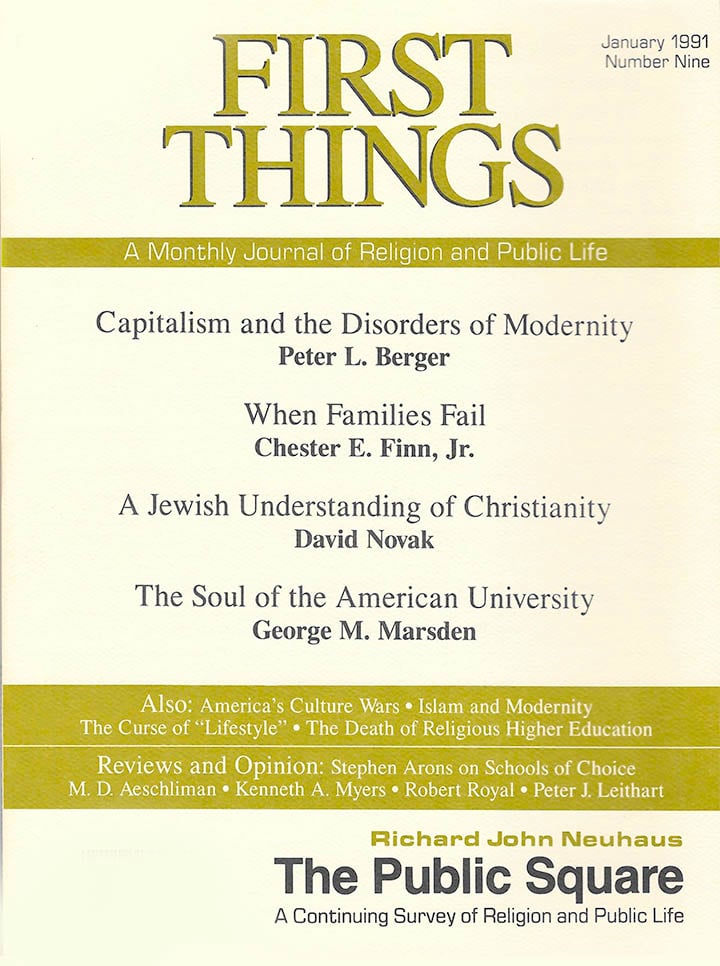Politics, Markets, & America’s Schools
by john e. chubb and terry m. moe
brookings institution, 336 pages, $28.95
Politics, Markets, & America’s Schools is an enlightening, albeit statistically overstuffed, study of achievement, organization, and the political context of schooling. The authors, John Chubb and Terry Moe, reach one sound and important conclusion: deep structural reform of U.S. schooling, leading to a system of family choice among schools that operate independently of majoritarian politics, is the only possible way to save public schooling from self-destruction. Unfortunately, the path that Chubb and Moe follow to this long overdue conclusion (and many of the policy recommendations that accompany it) is so inadequate that their work could well do more harm than good to public understanding and policy debate.

